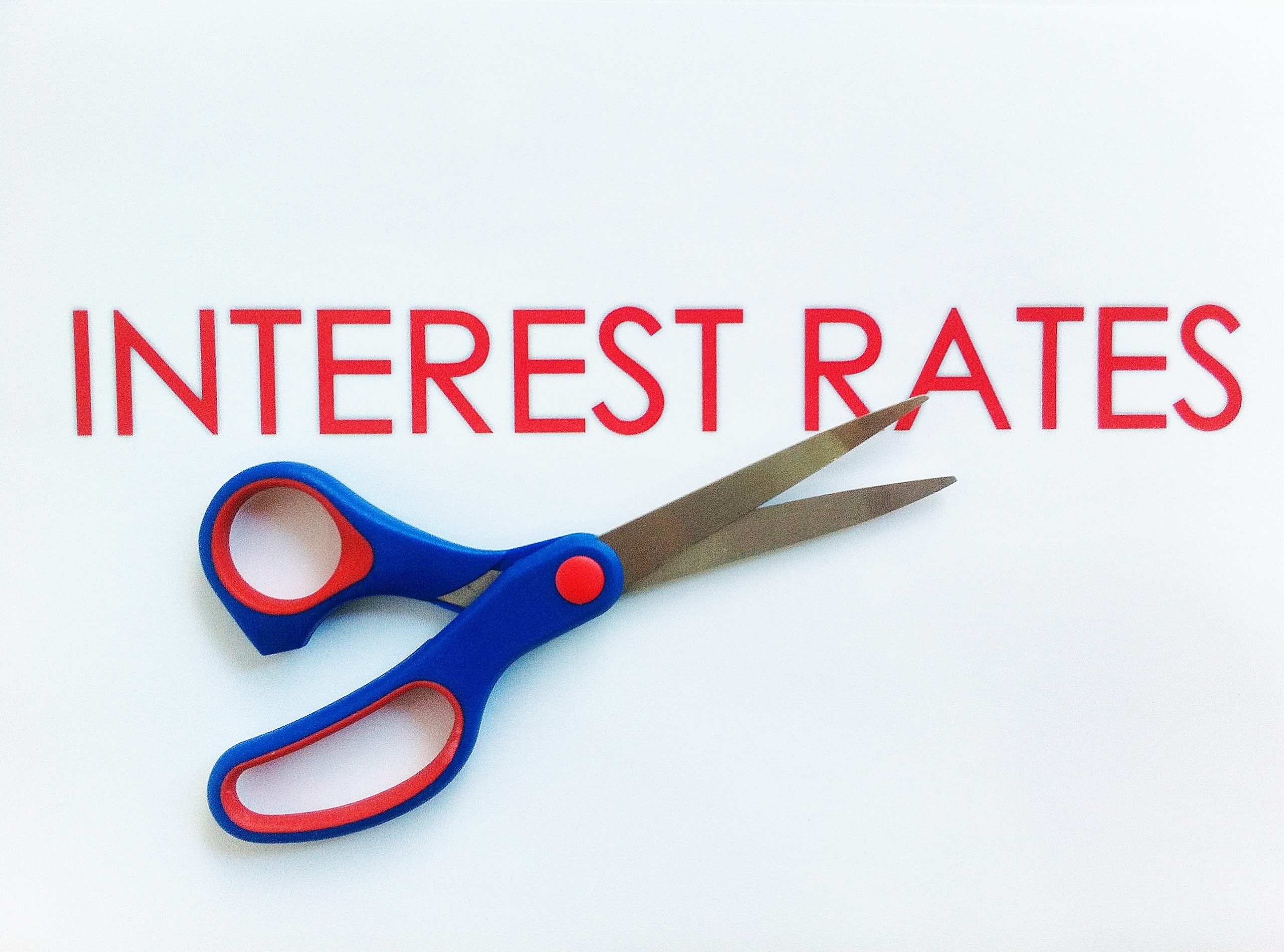When will we see a cut in interest rates? Borrowers with large mortgages are particularly keen to know. The surprising answer is that some cuts have already occurred.
All the major banks have reduced the rates they pay on term deposits. Whereas twelve month deposits previously paid around 5.2 per cent, they now only offer 4.8 per cent. The cuts aren’t only on the deposit side either.
Several banks are offering lower rates for new home loans than earlier in the year. At least one, the Bank of Queensland, has already cut its rate on some existing home loans by 0.25 per cent. Its existing borrowers’ payments have reduced.
While that suggests light at the end of the tunnel, borrowers really want a cut in official rates by the Reserve Bank (RBA). Unfortunately, that still seems quite a long way off.
Rates have been elevated to control inflation. There are several tools available to bring inflation down to the target range of 2 to 3 per cent per annum. The RBA has a key one, the power to move interest rates.
When it raises rates some people, borrowers, have less money to spend, which reduces consumer demand and should see prices decline, meaning lower inflation. That can work well and has in Australia and around the world many times in the past.
In economic jargon managing inflation by moving interest rates is called monetary policy. The RBA can also reduce the amount of money in circulation, which can reduce inflation.
The other group of economic tools to control inflation are called fiscal policy. They are all held by Federal and State Governments. The most important ones are reducing government spending and raising taxes.
Governments have accelerated spending with big pay rises for public servants, the NDIS growing at 20 per cent per annum, $300 energy bill subsidies, and $1,000 for all Queenslanders in the lead up to the State election. Major spending on infrastructure continues as well.
These actions are the exact opposite of using fiscal policy to bring inflation down. They are increasing demand and pushing inflation up. With a Federal election due soon, government spending is likely to increase further.
The tax cuts from July are also a bad influence. Though taxes have been growing as a share of incomes and cuts are overdue, they are putting more cash in consumers’ pockets to spend at the wrong time.
The RBA is using monetary policy to push inflation down, as it should. Governments, especially at Federal level, are taking fiscal policy actions that push inflation up. Interest rate cuts appear unlikely until perhaps the third quarter of 2025.

